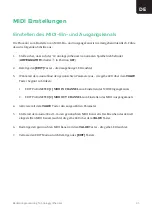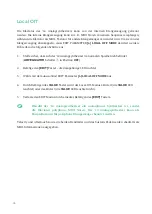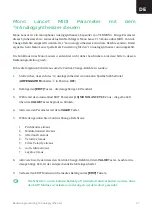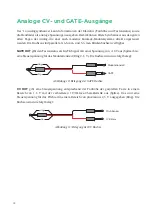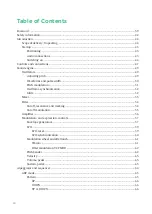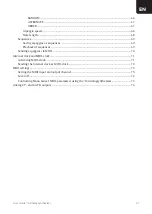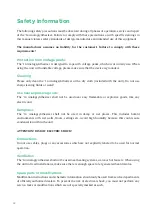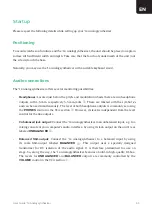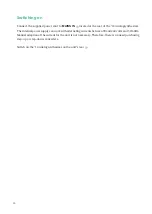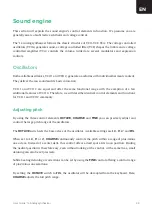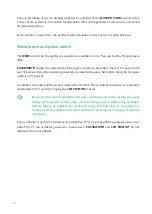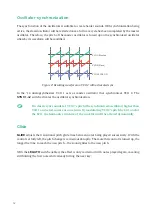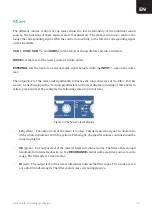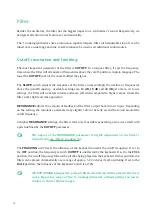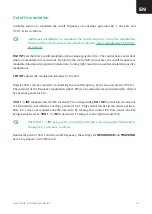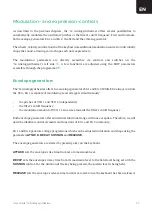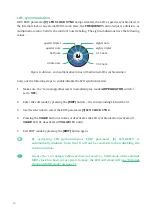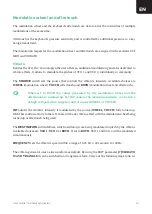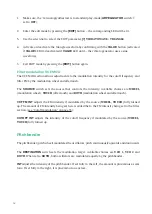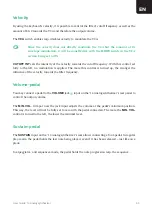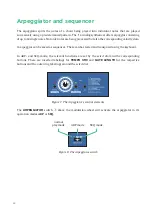
49
User Guide ’14 Analogsynthesizer
EN
Sound engine
This section will explain the sound engine’s control elements in function. We presume you are
generally aware of subtractive synthesis and voltage control.
The ’14 Analogsynthesizer follows the classic structure of VCO-VCF-VCA: The voltage controlled
oscillators (VCOs) generate sound, a voltage controlled filter (VCF) shapes the timbre and a voltage
controlled amplifier (VCA) controls the volume. Added are several modulators and expression
controls.
Oscillators
Both available oscillators, VCO 1 and VCO 2, generate waveforms with individual harmonic content.
They deliver the raw sound and its basic coloration.
VCO 1 and VCO 2 are equal and offer the same functional range with the exception of a few
additional features of VCO 2. Therefore, we will describe identical control elements and functions
for VCO 1 and VCO 2 commonly.
Adjusting pitch
By using the three control elements
OCTAVE
,
COARSE
and
FINE
you can precisely adjust and
control the large pitch range of the oscillators.
The
OCTAVE
switch sets the base octave of the oscillator. Available settings are
16’, 8’, 4’ and FIX.
When set to
16’, 8’ or 4’,
COARSE
continuously controls the pitch within a range of plus/minus
one octave. Instead of a center dent, this control offers a dead spot at its noon position. Finding
the neutral position is therefore easy, even without looking at the control. At the same time, small
detuning can also be set precisely.
Subtle beating detuning or corrections can be set by using the
FINE
control offering a control range
of plus/minus one semitone.
By setting the
OCTAVE
switch to
FIX, the oscillator will be decoupled from the keyboard. Here,
COARSE
adjusts the full pitch range.

